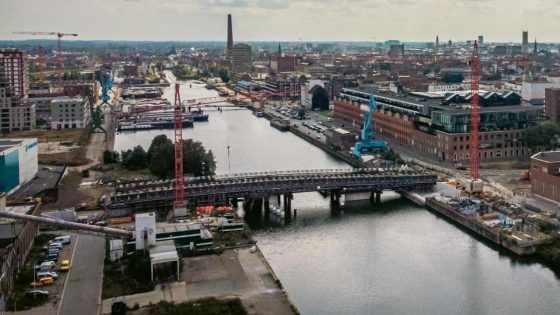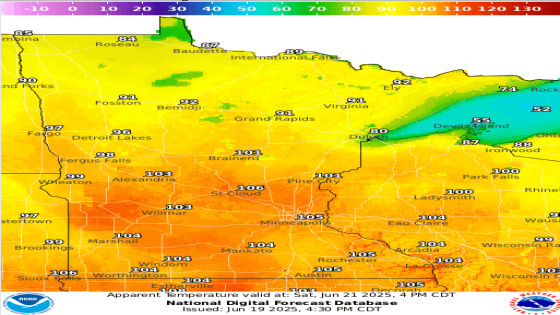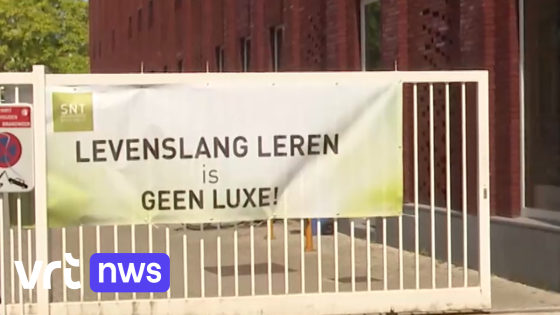Bridges in Ghent are making headlines as three major crossings reopen this July, marking a significant milestone for local infrastructure. The Verapazbrug, Krommewalbrug, and a new bicycle bridge at ‘t Eilandje in Zwijnaarde will all open within a week, a coincidence that highlights years of persistent planning and construction finally coming to fruition.
- Drie bruggen in Zwijnaarde openen deze week
- Verapazbrug-plannen bestaan al 25 jaar
- Krommewalbrug heropent na halfjaar sluiting
- Fietsbrug Zwijnaarde officieel geopend op 8 juli
- Verapazbrug herleidt verkeer van Dok-Noord en Dampoort
- R40 wordt verlegd via Afrikalaan en Koopvaardijlaan
Since at least 1999, the Verapazbrug project has faced delays, with land acquisition posing major challenges and environmental concerns slowing the bike bridge’s progress. On 2025-07-02 09:39:00, residents and commuters can expect smoother travel as these bridges ease congestion and improve connectivity across Ghent.
What does this mean for daily life in the city? The reopening signals more than just new infrastructure; it represents a fresh chapter in urban mobility and environmental balance. Let’s explore the key details behind these openings and their impact.
Why have these projects taken so long, and what benefits can locals expect? The lengthy timelines reflect complex negotiations and environmental care, but the results promise clear improvements:
- Krommewalbrug reopens on 5 July after six months of replacement work, celebrated with a local festival.
- The Zwijnaarde bike bridge officially opens on 8 July, connecting ‘t Eilandje business park to Merelbeke and addressing earlier ecological concerns.
- Verapazbrug opens on 11 July, rerouting traffic from congested Dok-Noord and Dok-Zuid to Afrikalaan and Koopvaardijlaan, reducing pressure on Dampoort.
As Ghent moves forward, will these infrastructure upgrades inspire similar projects elsewhere in Belgium? Citizens and local authorities alike should stay engaged, as these bridges set a precedent for future urban planning that prioritizes connectivity and ecological sensitivity.































